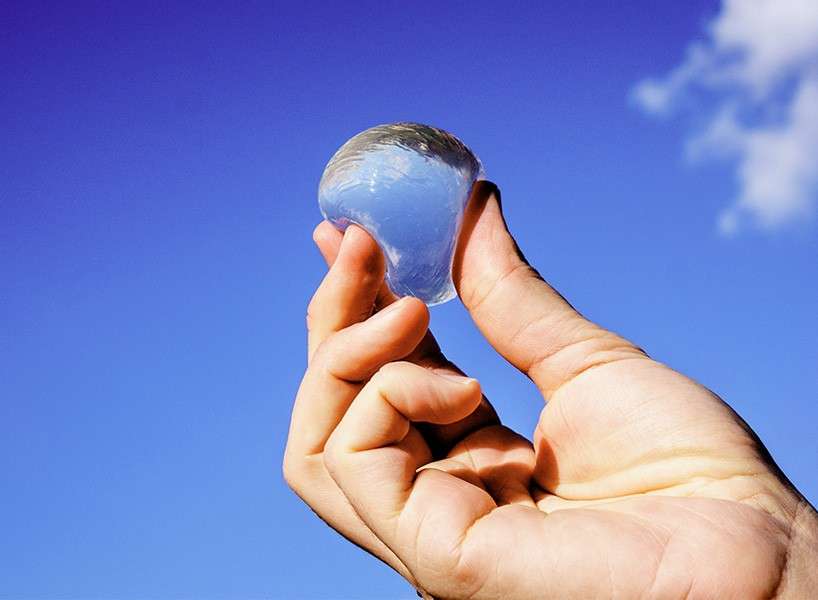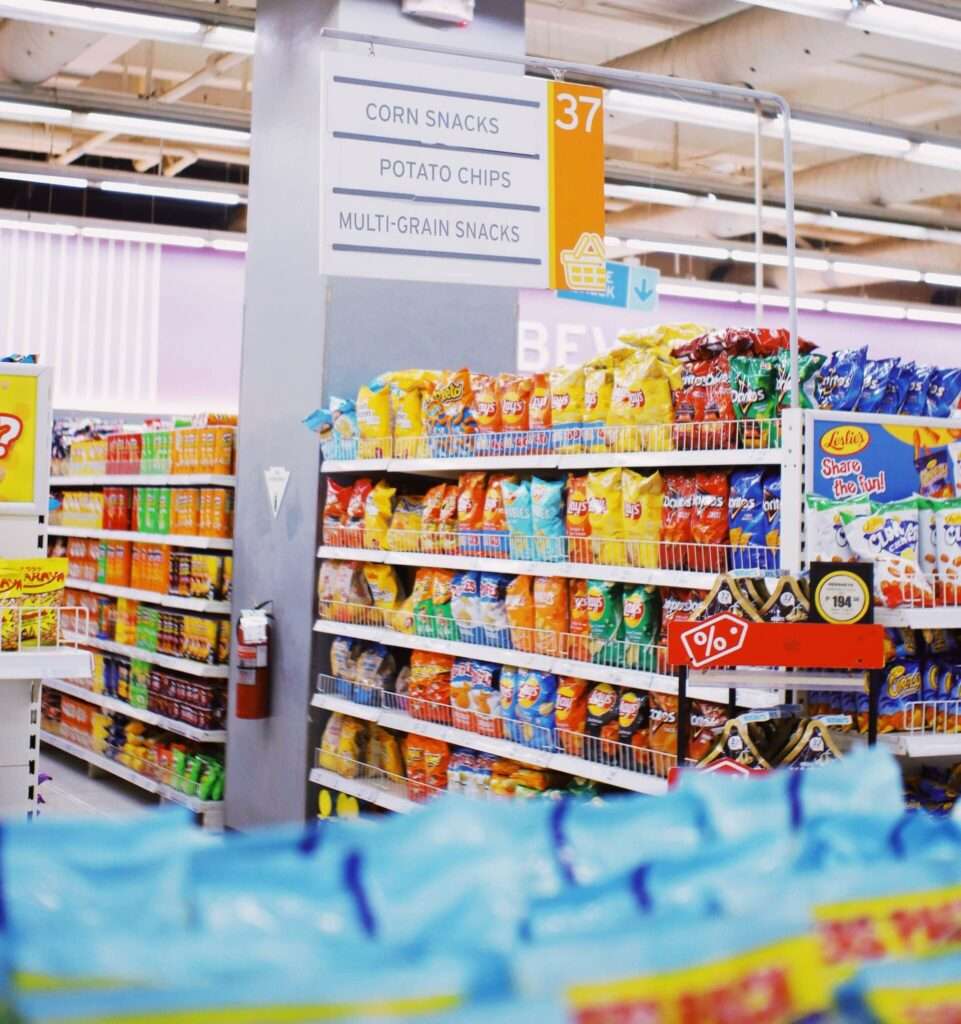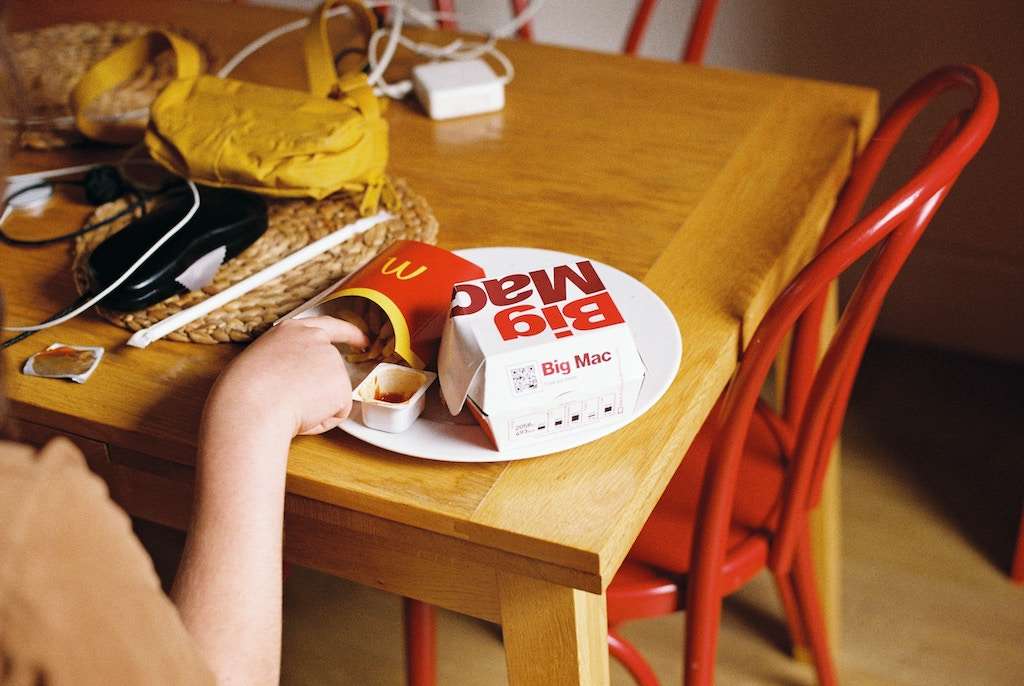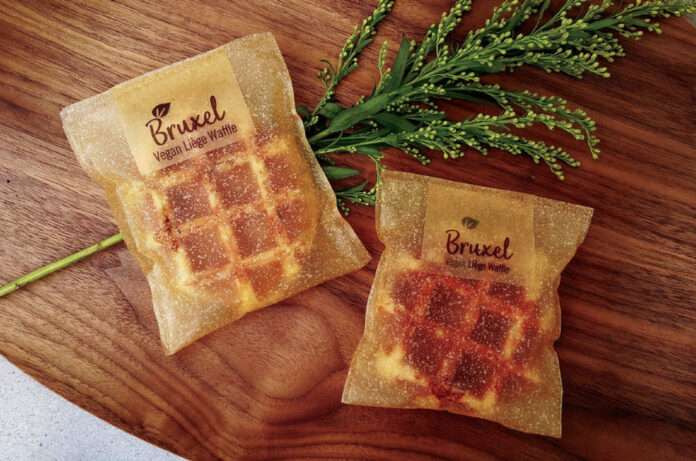Sustainability is top of mind for consumers and manufacturers. Edible packaging is one solution. But can it really work?
Picture this: one day in the not-too-far future, you’re walking down the street eating a delicious burger. You reach the last bite, but instead of throwing the wrapper away, you munch that down, too. And this is the norm. People around you are popping seaweed-covered capsules of liquid in their mouths to stay hydrated, and plastic, well, that’s a rarity. Is this the future we’re headed toward? If the edible packaging market has its way, then yes. Let’s hope so.
It might sound a little bizarre, but edible packaging actually isn’t all that unfamiliar. Think of ice cream in a cone, for example. Now, a small group of companies wants to take this approach and turn it mainstream in a bid to combat two major environmental issues: the world’s reliance on plastic and the amount of food that is wasted every year.
What is edible packaging?
In a nutshell, edible packaging is just that: edible packaging. It refers to wrappers, straws, and cups made with edible material that can either be eaten or thrown away to biodegrade.
Take Notpla’s Ooho edible bubbles, for example. In 2019, the London company supplied small seaweed-based capsules for marathon runners, who simply popped the whole thing in their mouth, outer film and all, for a burst of hydration without the need for a single-use plastic bottle. “Ooho can be eaten or thrown away in a home compost, where it will disappear within a few weeks, just like a fruit peel, leaving no harmful environmental trace,” the brand explains.

It’s much more sustainable than plastic, which is, of course, not edible, and can take centuries to break down in the environment, leaching potentially harmful microplastics into the soil and waterways.
And Notpla is far from alone. Indonesian brand Evoware is also selling edible seaweed wraps for burgers, baked goods, and more, in a bid to achieve its vision: “a world without plastic pollution.” It may just work. The edible packaging market is already on track to reach a value of more than $141 million by 2030.
It’s still a fraction of the plastic market, but as more brands join in the mission and consumers cotton on to the concept, innovative progress may help to take edible packaging mainstream. “Industry players are adopting several strategies including partnerships, expansions, mergers & acquisitions, joint ventures, and partnership agreements to increase the customer base and individual market share,” notes market research platform Grand View Research.
Can edible packaging prevent food waste, too?
The amount of plastic in the environment is undeniably a significant concern. Research suggests that in every square mile of the ocean, there are around 46,000 pieces of plastic. Biodegradable, edible packaging presents an innovative, scalable solution to this problem, but it could also help with another major environmental issue: food waste.
According to Feeding America, around 119 billion pounds of food is wasted in the U.S. every year. This isn’t just a waste of all the resources it took to produce that food, but it’s also a big contributor to emissions, because, when food waste heads to the landfill, it emits methane, a greenhouse gas more potent than carbon dioxide.
In fact, according to Our World In Data, food waste alone is responsible for around six percent of all global greenhouse gas emissions. This is due to several issues like spoilage in transport and poor storage, but also because of consumers throwing food away.

But another edible packaging company, called Bio2Coat, which is based in Barcelona, states that its natural coating can help to reduce the amount of food that is wasted every year. The coating is applied to the outside of the food, creating a semi-permeable barrier that prevents micro-contamination and increases shelf life. In trials, the coating managed to increase the shelf life of a strawberry, for example, by several weeks. Bio2Coat is now hoping to partner with retailers across the food industry.
“We hope to solve two problems: food waste and plastic waste coming from packaging materials,” said Bio2Coat’s co-founder Farayde Matta Fakhouri to Food Navigator.
“Nowadays, [one-third] of all food produced on the planet is wasted, whistle only 25 percent of this amount could feed 800 million people,” he explained, before adding that plastic production has increased 270 times in the last seven decades, and most of it is not recycled.
“Those problems are super relevant and urgent,” he added. “It will not be solved only by one solution, but we hope to, at least, make a significant difference.”
Will consumers embrace edible food packaging?
But the bigger question is whether or not consumers are ready to embrace edible packaging.
“When the situation is right, people will get over the idea of eating packaging,” C&EN says. Expert Sylvain Charlebois, a food business researcher at Dalhousie University, says there are conditions in which consumers are “willing to not think about the yucky factor.” Charlebois says that could be when you’re running and need to drink, “putting a ball of water into your mouth where you eat the film along with water is fine.”

There are increasing concerns over the safety of conventional packaging, too, as toxic PFAS “forever chemicals” (Per- and Polyfluorinated Substances) have been detected in common food wrappers designed to prevent grease and oil from leaking out of fast food containers, microwave popcorn bags, pizza boxes, and other take out containers. PFAS have been linked to cancer and other human health risks.
Other experts say innovation and demand will drive the category forward, and with it, consumer perceptions.
“As consumer demand for better-for-the-planet packaging options increases,” Melina Romero, trend insights manager, CCD Innovation told C&EN, “so too will the demand increase for manufacturers to meet these standards.” The only limits for edible packaging, she adds, are creativity and innovation.
Consumers are open to the tech, too, says research. A 2021 study published in the journal Frontiers in Sustainable Food Systems found that 100 percent of study recipients would purchase food products in edible packaging instead of a plastic alternative. The main motivation the researchers found? It’s not much different than what sees us putting things into our mouths as children: human curiosity.
Related on Ethos:


